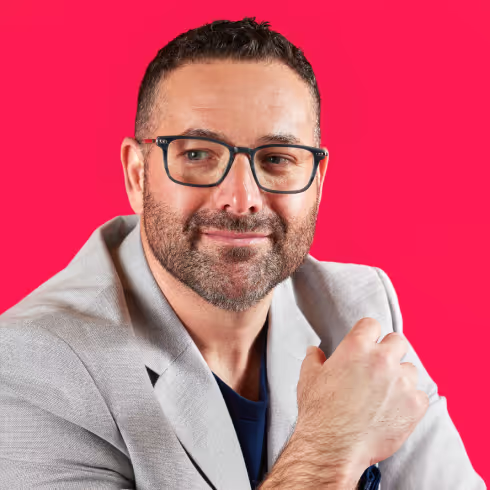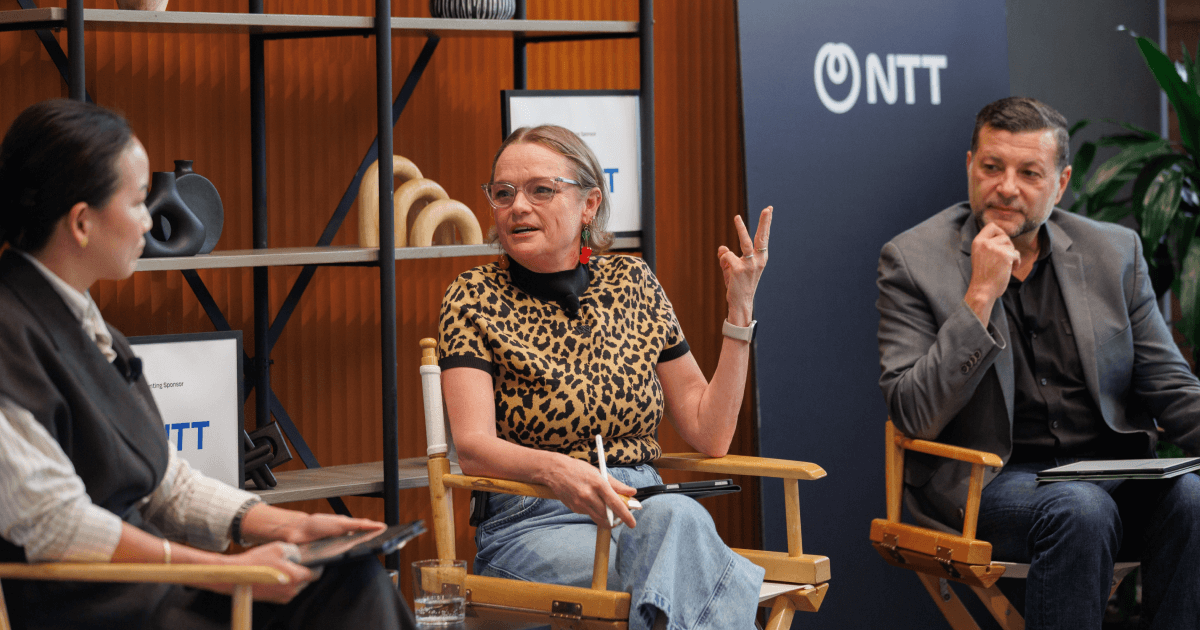Más que píxeles bonitos: todo el poder de la innovación dirigida por el diseño


“Ask any comedian, tennis player, chef. Timing is everything.” — Meg Rosoff
Whether it’s a punchline, a serve, or a soufflé, timing really is everything. This is especially true when it comes to incorporating design into your experience development process. Add in design too late and your finished product will fall flat. Design is so much more than just moving pixels and making things look pretty — design-led thinking ensures clients' wants and needs are center stage from the outset.
This week on Catalyst, Launch by NTT DATA’s own Dave Schell and Ash Howell join Clinton to dive into the captivating world of design-led innovation and discuss how they use research, creativity, and customer collaboration to push boundaries, solve problems, and create meaningful and competitive products.
Check out some of the highlights below, then dive into the entire episode so you can leverage design’s full superpowers.
Design begins early
Design should start as soon as you learn about a new business or customer problem. Involving designers in early research stages gives them a deeper understanding of the problem before jumping into solutions.
It’s more than aesthetics
Design isn’t a synonym for “pretty.” It is a way of thinking that combines understanding customers’ pain points and unmet needs with ideas for solutions.
Designers and researchers should be BFFs
When researchers gather insights without involving designers, there may be a lack of understanding of the true core and details of the problem. Designers' problem-solving skills, when paired with research insights, lead to better solutions.
“Design-led innovation” is a fancy way of saying you put people first
Design-led innovation puts the people being served at the center of product strategy, leading to competitive advantages, increased productivity, and profitability. Notably, “design-led” also does not mean designers by themselves.
It’s nonlinear
It requires continuous improvement and validation of hypotheses throughout the product development process.
Customer involvement is critical
Design-led innovation brings customers into the process early through interviews, diary studies, journey mapping, and co-design sessions to help validate ideas and create customer-centric solutions.
It must be customized
Design-led innovation is not one-size-fits-all. Each project requires a tailored approach that leverages best practices and methodologies to meet specific customer needs and business objectives.
It’s a catalyst for momentum
Design-led innovation can act as a catalyst within an organization, accelerating the product development process, and generating excitement and support for new ideas and concepts.
As always, don’t forget to subscribe to Catalyst wherever you get your podcasts! We drop a new episode every Tuesday, and each one is jam-packed with catalysts for digital experiences that move millions.






